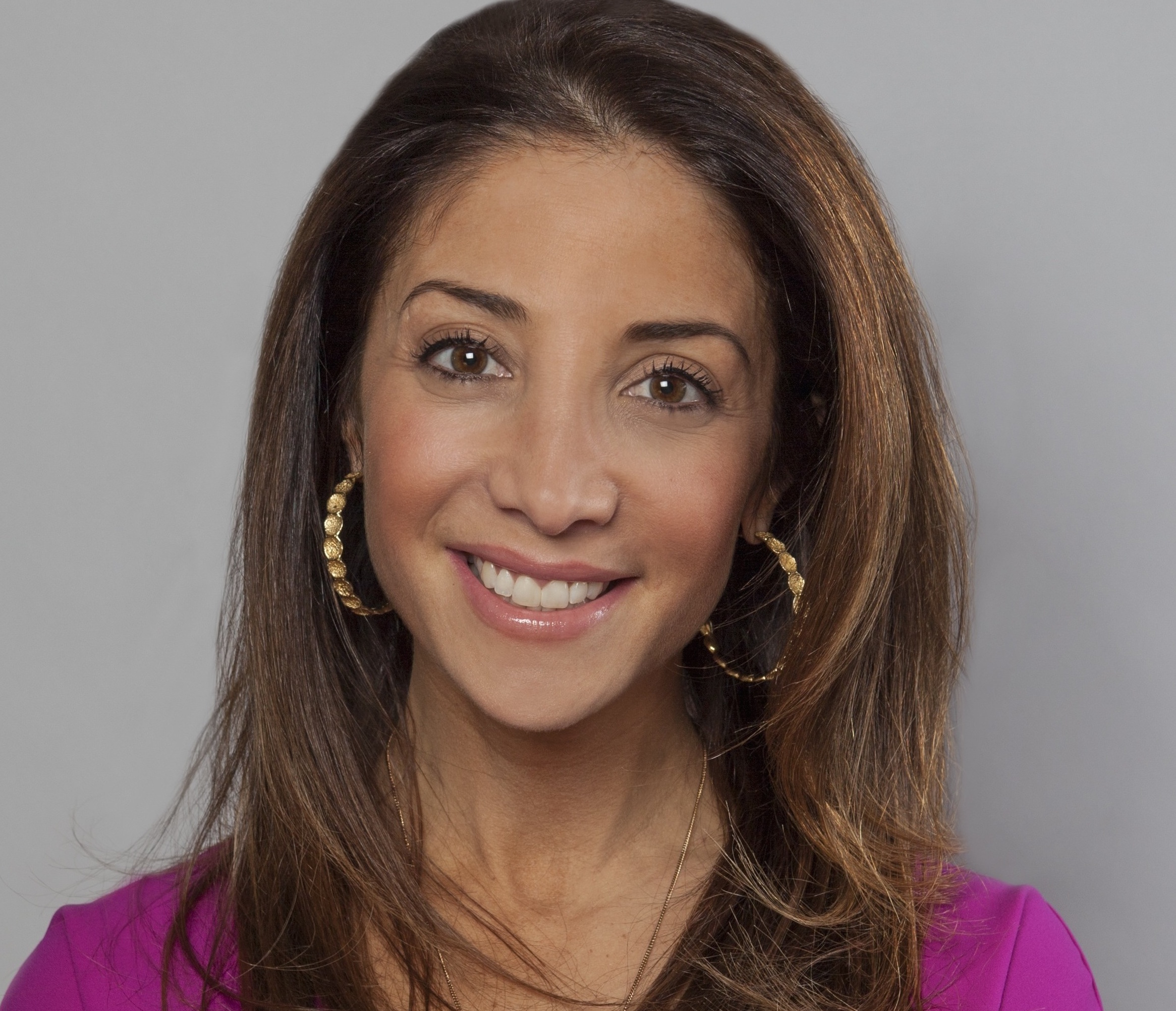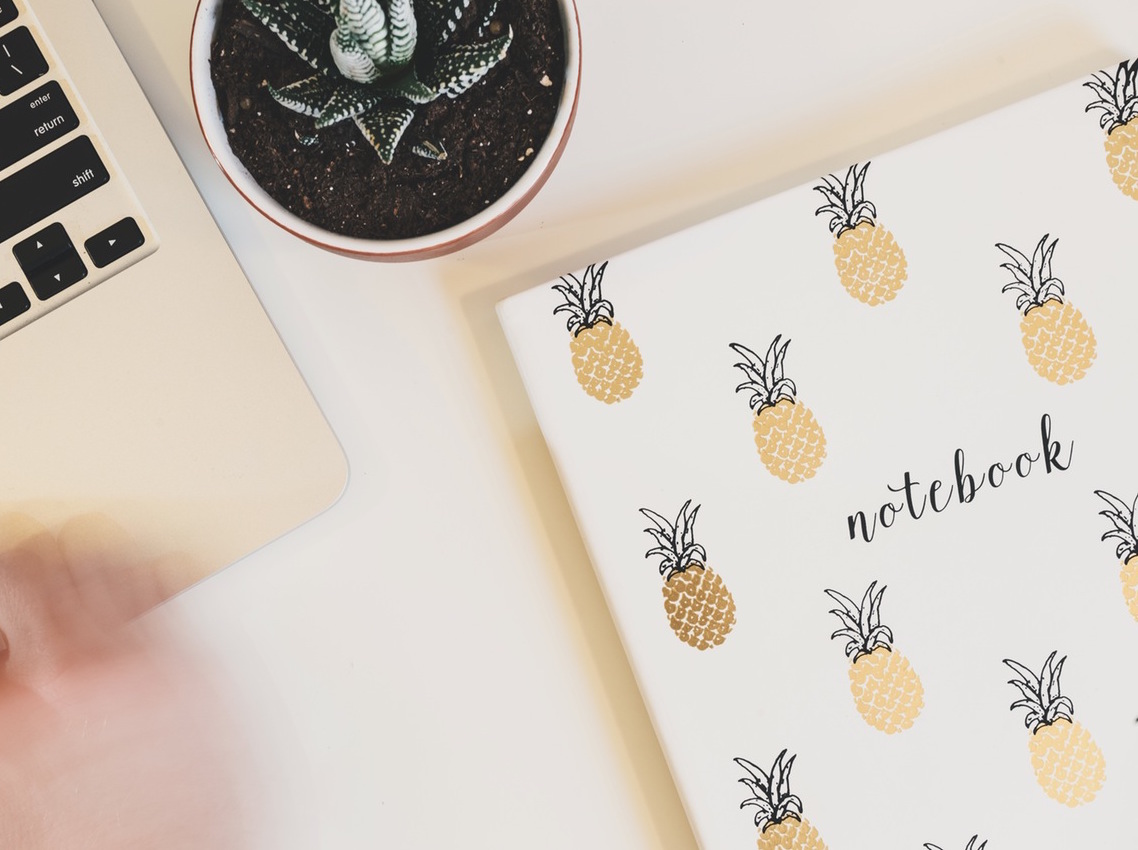By Christina Clemente
As someone who has been in PR for 16 years, Jaime Maser knows a thing or two about communication— actually, she knows a lot. And after working in-house at ultra-luxe beauty brand La Prairie for five years, which culminated in her role as Vice President, Brand and Public Relations, Global Communications, Maser founded her eponymous communications agency (which presently reps BeautyRx by Dr. Schultz, Farmacy, and Bandana Training) in 2014. But it’s not just the business of product pitches and brand strategy that Maser has mastered, this past August she officially launched Media Intel, an e-blast (for $50 a month) that covers the many moves of beauty and lifestyle editors. Here she talks about why her “straightforward” newsletter is the perfect tool for wannabe and current editors, how the Internet has changed PR, and what makes a good beauty editor.
Why did you decide to work in PR?
I knew I was going to do communications, so I was only applying to colleges that had a good communication school and I got into Boston University’s. I originally started with advertising and quickly realized that I wasn’t cut out for it; I didn’t love the idea of having to sell someone a product so obviously, I wanted to do more relationship building. Once I learned what PR was about and how it’s really about working with editors, crafting stories, and seeing something through more start to finish versus having a product and pitching it so obviously through something that’s paid— I thought I would really kill it.
Did you always know you wanted to work in beauty, or did it happen organically?
Beauty came about as my second job; my first was in Boston. When I decided to move to New York I started interviewing at mostly agencies that specialized in beauty and lifestyle or hospitality and the restaurant business, and it just so happened that my second job was at Kaplow Communications and my big account was Shiseido. So I kind of stumbled into it and remember my writing test for them they asked me to write a pitch on a make believe product to a beauty editor and I just loved that task. When I actually started on the business and met my clients who I’m still friendly with now all these years later I knew I’d found my sweet spot.
How did Media Intel come to be? Was there an “aha moment” or was it more organic?
When I was at La Prairie there’s a group of about 12 to 15 women that are in luxury beauty PR, and we would all go to lunch, and just get together. What we found was everyone sharing information; we’d kind of volley the information back and forth to each other. And I found that a lot of times the information was funneled through me first and I think a large part of that is because of my relationships that are far and wide with editors. They were telling me ‘I’m thinking about going out on my own,’ or ‘I’m not making it public yet but I’m changing jobs,’ or ‘I was promoted,’ and once they started telling me this information I would ask if it was cool to share with other publicists. Then it grew organically because a lot of editors were saying ‘Oh that’s cool, J, do you think you can add me to the list?’ [The emails] started out going to about 15 people and quickly grew to over a hundred and that was my ‘aha moment’. And I started looking at the people that were subscribing and it wasn’t just publicists anymore it was editors, it was freelance writers, talking heads on TV, people from agencies, in-house girls and so that’s when the formalized Media Intel was really born.
How do you funnel news and decide who to incorporate?
I tend to work with everyone from editorial assistants up to the editors-in-chief. In terms of what information I include it’s mostly beauty or lifestyle related because that’s obviously my sweet spot and what I specialize in. If it’s someone that does beauty and fashion I’ll incorporate that, but the newsletter really is geared towards people that are making moves in the beauty or lifestyle space.
So, it’s not just those on the top of the masthead that you cover?
I don’t discriminate at all, it’s foolish to. I always say today’s assistant is tomorrow’s editor in chief so you’d be foolish to cut them off. You have to know everyone.
Why is Media Intel a good tool for editors?
It keeps you posted on any movement in the industry; if you’re looking to hire it’s good to know that someone is potentially available, or if you’re looking to make moves it’s nice to know there’s a potential job opening. I’ve found that people have gone on interviews and freelance editors have gotten work from Media Intel. And for those reading Ed2010, you’re actually getting contact information for people and it’s an easy way for you to approach editors and say congratulations. I think it’s a fantastic way for people that are budding editors or in the beginning of their editorial career to have access to information that they might not be privy to because they are so inundated at their jobs or in their job-hunt.
In your experience, what makes a good beauty editor?
I think the best editors are responsive, respectful, and understand that we have a job to do, and while it’s impossible to get back to everyone, to really be respectful of the publicist and know we’re in touch because our clients are asking us to get their news out there. And when they show up at an event they understand that they are there for a job and so they come on time and at the right time they RSVP’d for, and if they are running late they let you know. It’s all the common sense and manners that you would do in your everyday life.
With a much more digitally-driven industry, how has your job changed?
When I started in 2000 I still had a Rolodex and did most of my pitching on the phone. Now, people barely answer their phones. It’s just not that standard PR that it used to be; you’re still writing a press release but it’s so much more. Now, you’re including a hashtag for your event and the social media handle for the brand the you’re working with, and that’s part of the mailing you do and any signage you put up at the event. None of this mattered before. Before, you had an event and it was covered the next day maybe in WWD or The New York Times; now you want coverage about your event before the event.
Do you have any advice for someone trying to break into publishing?
Certainly. A girlfriend who was a beauty editor and is now the editor-in-chief at Women’s Health, Amy Keller, recently posted an Instagram photo of an intern that was working at Women’s Health who wrote her a handwritten thank you note on her last day. Do not undervalue or underestimate the power of a thank you note, one that is personal, well written and shows how appreciative you are. Do your homework I always say, as well. A girl that interned for me just said, ‘I saw that you had this amazing coverage in The New York Times for La Prairie, how did you get that?’ And I thought, ‘Oh my god, this girl, she did a Google search, she found this article, she read what it was about, and then asked me how I got that coverage. Yes, I’ll hire you. I’m going to hire you in a heartbeat for that.’
To stay in-the-know with Jaime, follow @JaimeMaser on Twitter and Instagram. You can sign up for Media Intel on her website, www.masepr.com.




 From Ed’s Guest Blogger: Why I Send Out One Networking Email Every Week
From Ed’s Guest Blogger: Why I Send Out One Networking Email Every Week